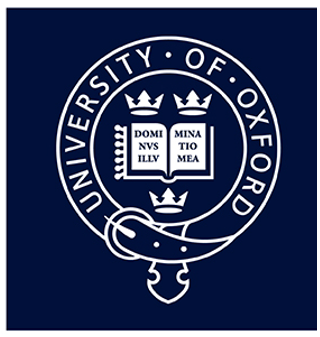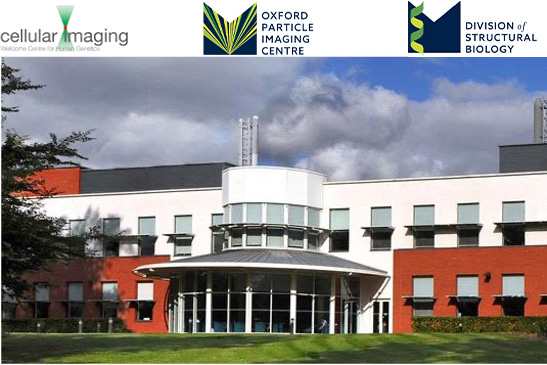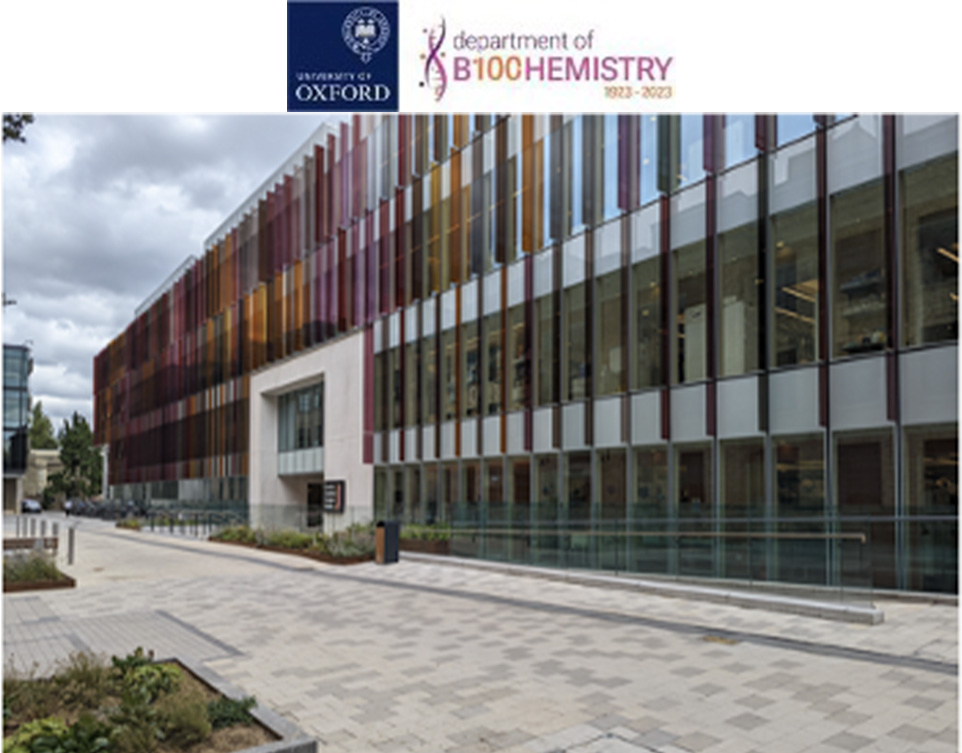

The University of Oxford offers an extensive catalogue of equipment for the essential tools of Structural Biology; cutting-edge mass spectrometry, microscopy and biophysical analysis, with characterisation of high containment level pathogens.

Oxford Particle Imaging Centre (OPIC) is part of the Division of Structural Biology (Strubi). OPIC houses state-of-the art equipment for cryogenic electron microscopy (cryo-EM/cryo-TEM), including Titan Krios and a Glacios instruments, both fitted with direct electron detectors, with access to auxiliary equipment for sample preparation. Central to OPIC are biosafety containment laboratories which facilitate the study of infectious viruses relevant to human and animal health, and it is possible to perform HG3 category pathogen study using our Titan Krios microscope.
Cellular Imaging Core Facility (CICF) is a major hub for light microscopy providing imaging solutions from the organismal to the molecular level, offering valuable insight ahead of and complementary to structural work. We provide live cell and high-content imaging modalities allowing users to better understand proteins in context of live cells, thus providing the benefit of temporal resolution. Ongoing support and guidance is provided at all stages of light microscopy from experimental design through to image analysis.

Oxford Mass Spectrometry Centre offer a wide range of services and several pieces of equipment to perform native mass spectrometry as well as hydrogen-deuterium exchange mass spectrometry. As no two experiments are the same, we offer services tailored to your needs. OMSC also now offer mass photometry, a relatively new method for analysing molecules. It enables the accurate mass measurement of single molecules in solution, in their native state and without the need for labels. This approach opens up new possibilities for bioanalytics and research in the functions of biomolecules.
The Molecular Biophysics Suite provides a wide range of biophysical techniques for researchers and commercial users. The facility specialises in the characterising recombinant proteins and their interactions in solution and is therefore well equipped with instrumentation to characterise the solution state, interactions and kinetics.
The Cellular Imaging Core Facility (CICF) is a major hub for microscopy in Oxford, providing imaging solutions from the organismal to the molecular level. The CICF is much more than a point of use facility. In addition to excellent quality tailored user training and ongoing support on all systems covering a wide range imaging modalities, we also offer advice and guidance throughout each stage of imaging projects. We strongly encourage users come to the core at the project conceptualisation stage, we then work with them through planning, sample preparation, imaging, data analysis, figure preparation and finally publication.
OPIC houses state-of-the-art equipment for cryo-EM single particles analysis, in-situ FIB-SEM and cryo-ET of biological specimens, from small macromolecular complexes to cells. Our facilities are available to all researchers from across the University of Oxford as well as external users from both academia and industry.
Our facility includes a series of plunging devices (Vitrobots, GP2 Leica plunger), grids micro-patterning (Primo, Alveole) for preparing and optimizing grids to image both purified macromolecular complexes or cells. A 200-kV Glacios (Thermo Fisher Scientific) cryo-TEM equipped with a Falcon III direct electron detector for sample screening, grid optimizations and initial data collection. A 300-kV Titan Krios G3i (Thermo Fisher Scientific) cryo-TEM equipped with Falcon 4 direct electron detector and a Selectris-X imaging filter for high resolution single particles and tomography data collection. A Thermo Fisher Scientific Aquilos 2, which is a dual beam system dedicated to the preparation of thin, electron-transparent cellular lamellas for high-resolution cryo-electron tomography or MicroED of micro-crystals.
Equipment provided in OPIC are located within biosafety containment laboratories at ACDP category 3 and DEFRA 4 levels of containment which facilitates the study of live pathogenic viruses that are important to human and animal health.
Instruct provides full use of the Strubi-crystallisation facility for setting up crystallisation experiments and monitoring these experiments via a web-based graphical user interface (GUI). Facilities include setting up screening experiments and also various optimisation methods including grid screens and additive screens. Experiments are typically performed in 100nL sample + 100nL reagent vapour-diffusion format.
Mass Photometry is an interferometric microscopy technique which allows single molecule mass measurement of biological molecules (proteins, DNA, antibodies, etc) by detecting minute changes in the reflected light caused by changes in dielectric constant of the medium as the molecule approaches and binds to a surface. The method has myriad applications to biophysical systems, ranging from rapid in lab mass measurements to tracking single molecules moving across a substrate.
Native Mass Spectrometry is the utilisation of soft ionisation methods and biological like sample conditions to allow a mass spectrum of a natively folded (i.e. not denatured) protein to be collected. Coupled with high resolution and highly sensitive detectors, this allows for: accurate mass, stoichiometry and, in some cases, small molecule/lipid binding partner determination.